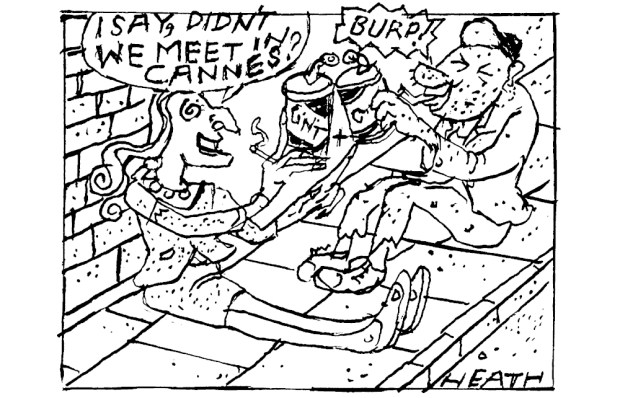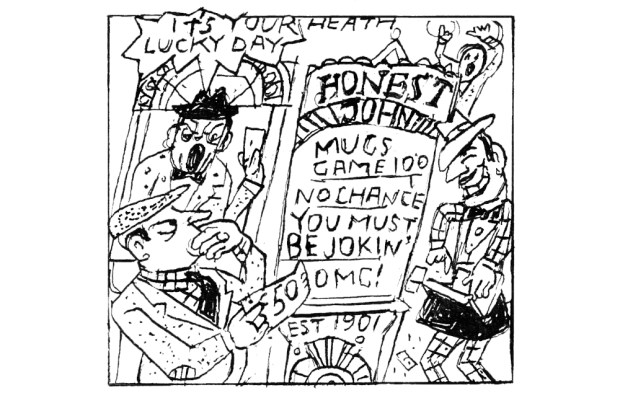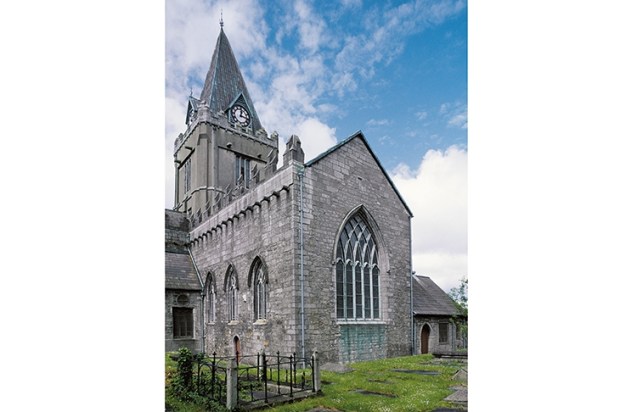Autumn is upon us, and the streets are full of families in fancy dress. People of all ages are dressing up, everything from smugglers to suffragettes. In Lewes it can only mean one thing — it’s bonfire time again.
Elsewhere in Britain, Bonfire Night has been overwhelmed by Halloween, but here in the historic county town of Sussex (forget about this newfangled East Sussex nonsense), Guy Fawkes is still going strong.
Already a subscriber? Log in
Subscribe for just $2 a week
Try a month of The Spectator Australia absolutely free and without commitment. Not only that but – if you choose to continue – you’ll pay just $2 a week for your first year.
- Unlimited access to spectator.com.au and app
- The weekly edition on the Spectator Australia app
- Spectator podcasts and newsletters
- Full access to spectator.co.uk
Or
Unlock this article
You might disagree with half of it, but you’ll enjoy reading all of it. Try your first month for free, then just $2 a week for the remainder of your first year.














Comments
Don't miss out
Join the conversation with other Spectator Australia readers. Subscribe to leave a comment.
SUBSCRIBEAlready a subscriber? Log in